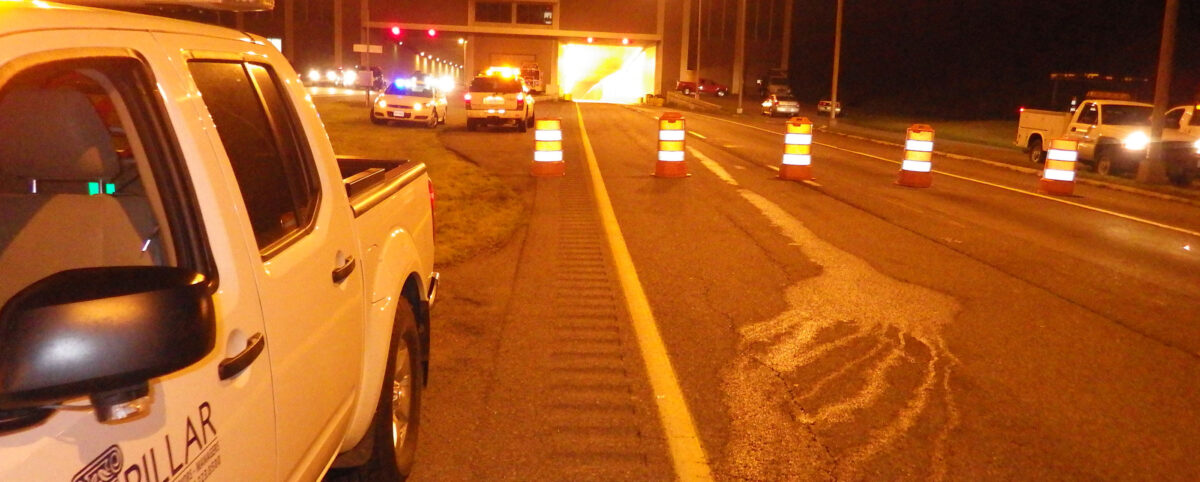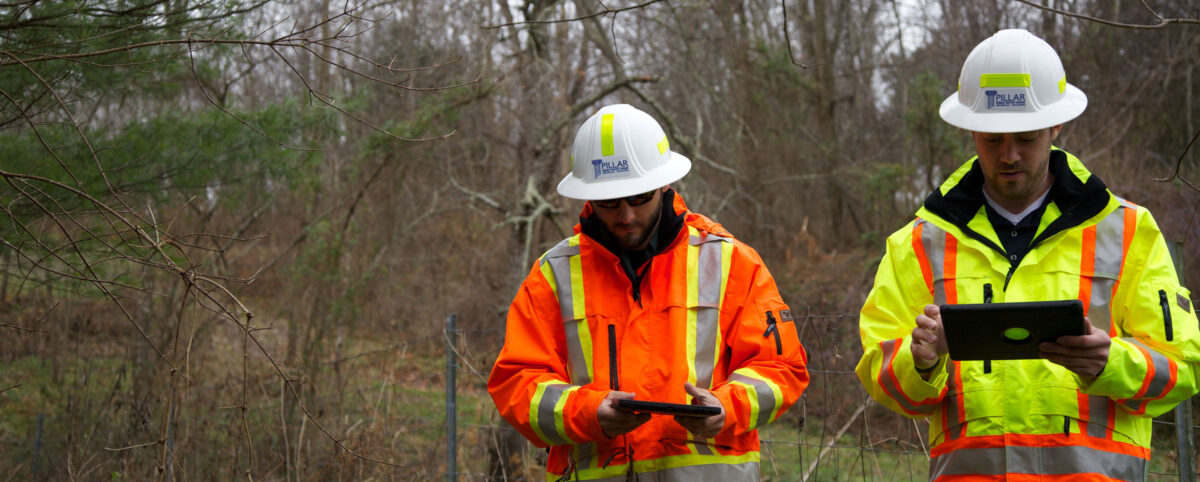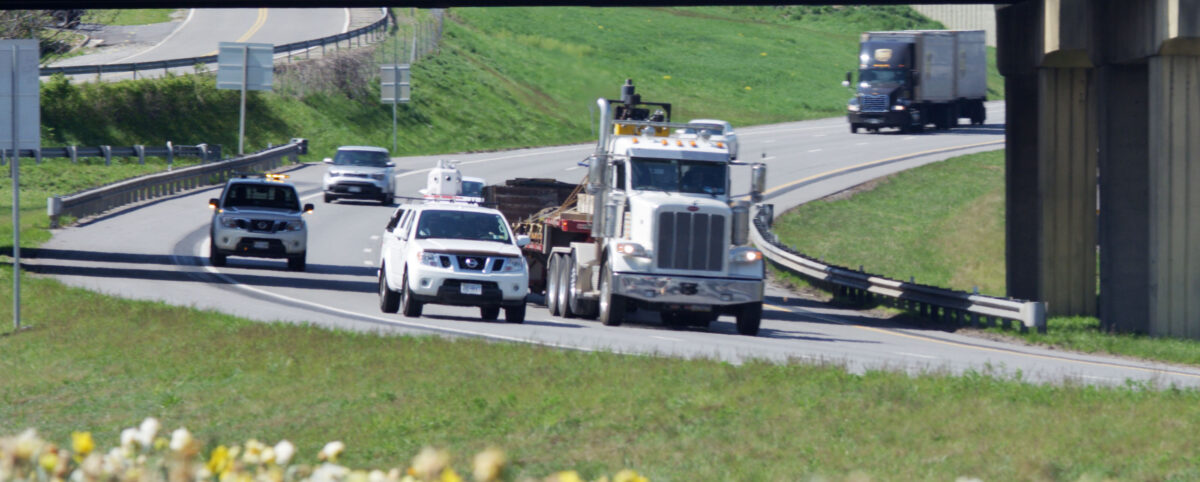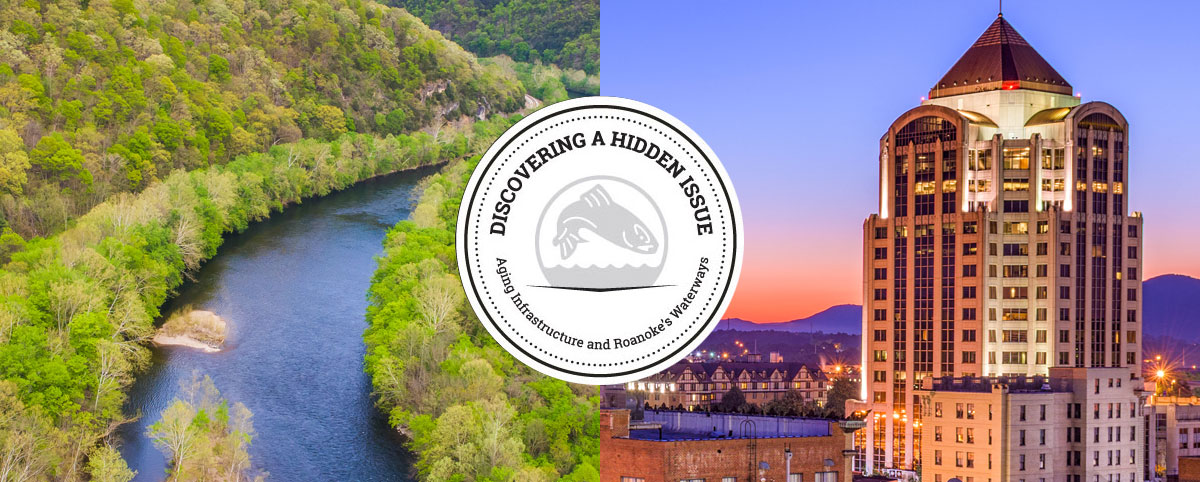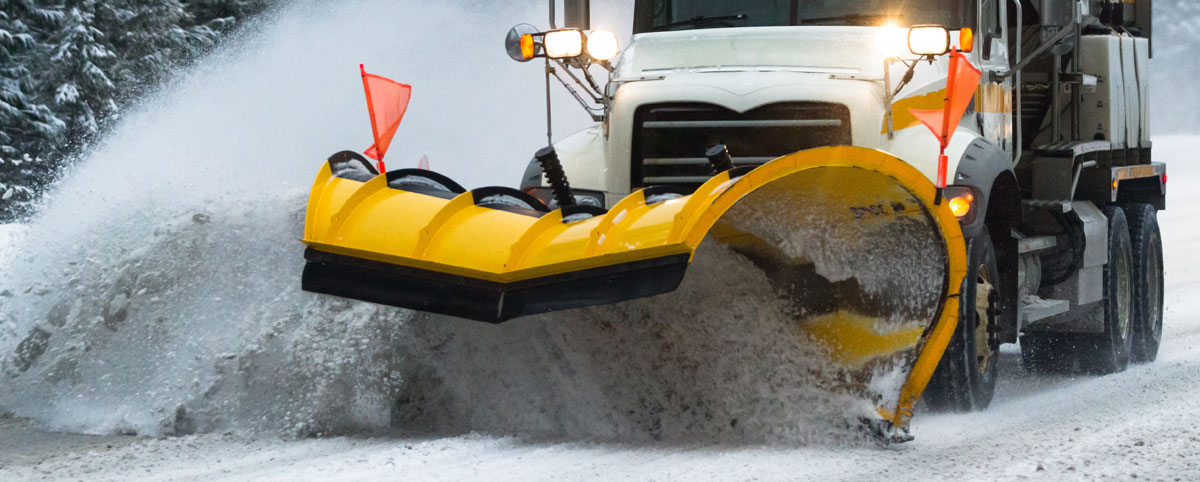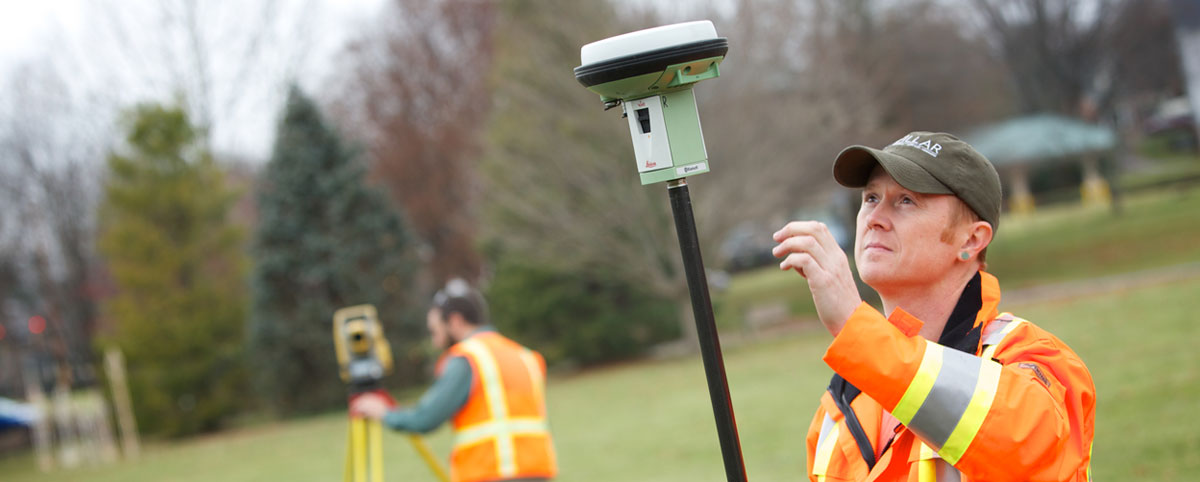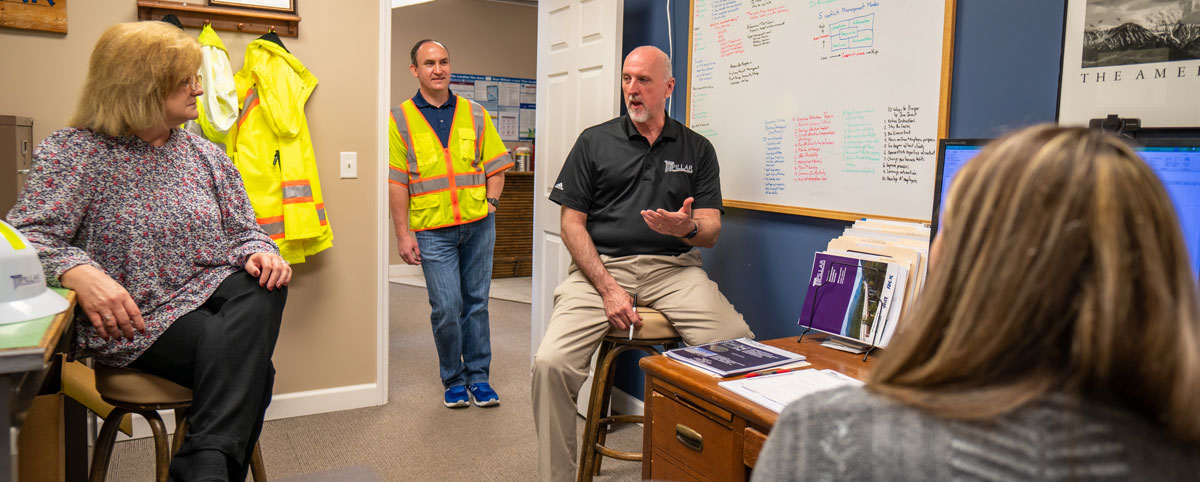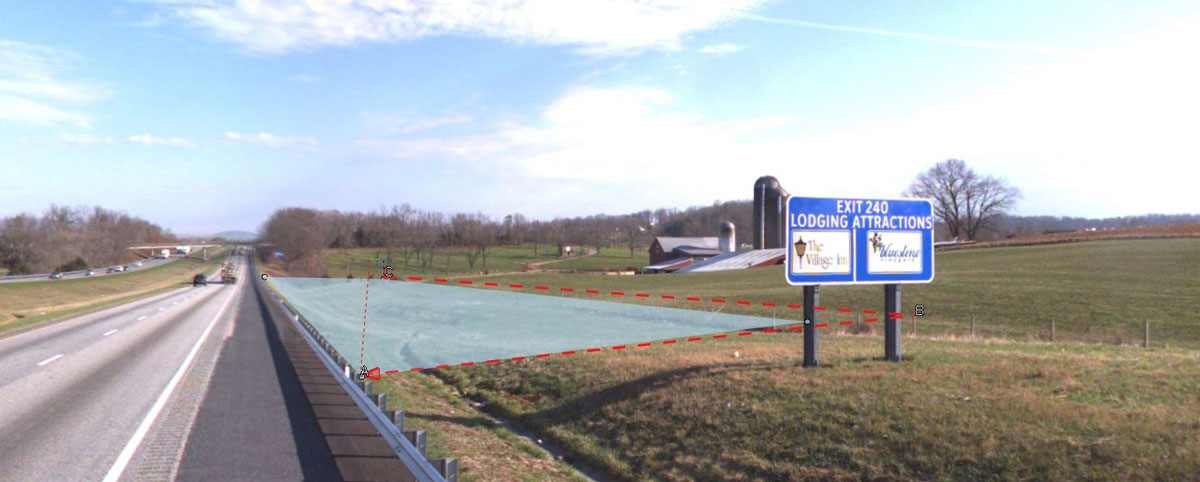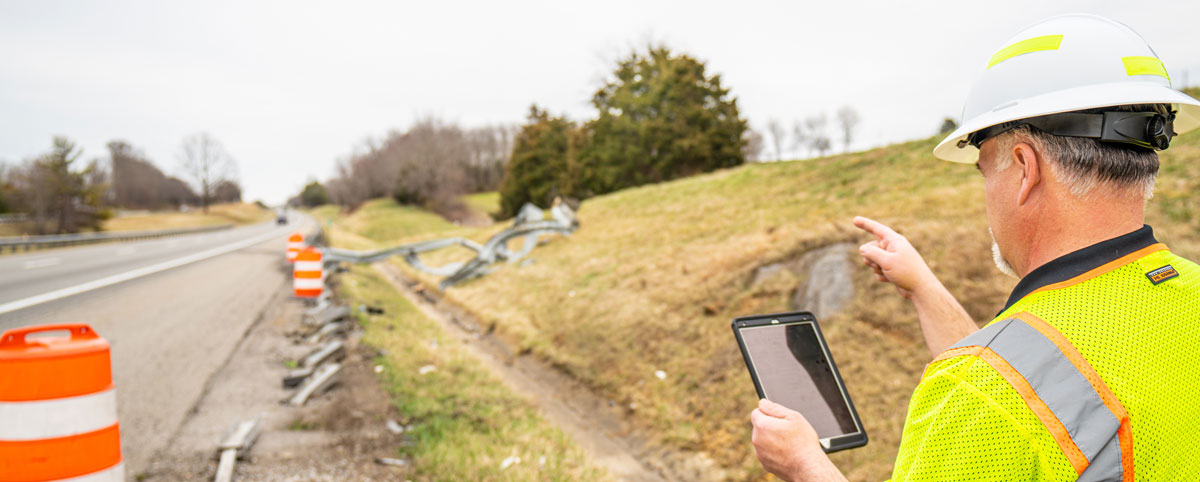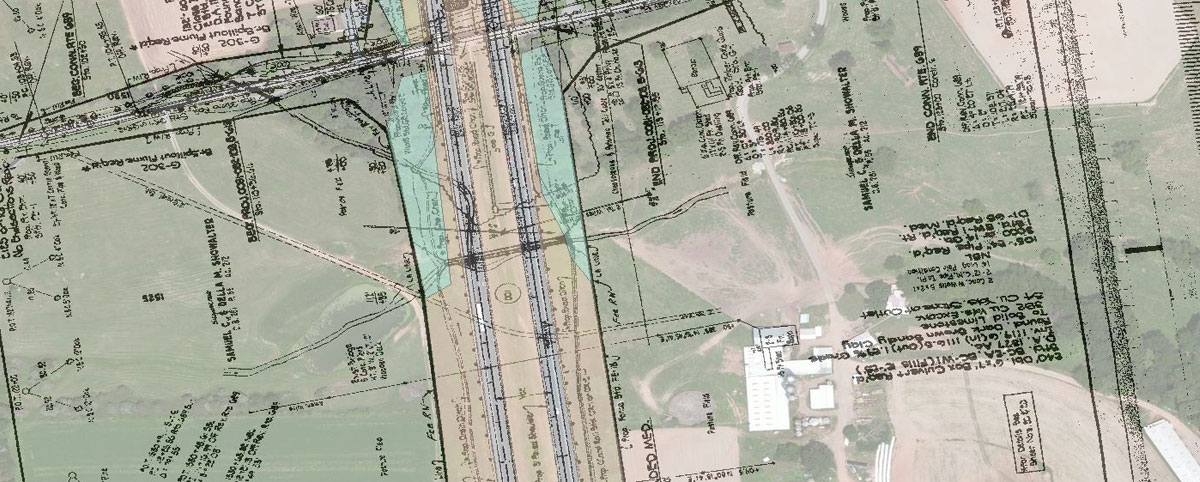A Public-Private Partnership (P3) is a contract vehicle where a private developer – working with a public entity – designs, builds, finances and operates the infrastructure. This Pillar Talk will focus on the rehabilitation, or handback portion, of a P3.
P3 transportation projects have two varieties: availability payment or revenue risk.
In an availability payment model, the public entity pays a fixed amount on a monthly or annual basis, usually after making some larger “milestone” payments during or at completion of construction. The funding could come from general transportation funds, a bond issue or indirectly from tolls generated from the new roadway but retained by the public entity or any combination of these. An availability payment P3 is generally of shorter duration, generally 25 years.
A revenue risk project is funded directly by toll revenue generated by the facility. The developer takes on much more risk and is not guaranteed any level of funding from the public. Unless the public entity “buys down” the tolls by injecting cash, there is generally no “milestone” payments during or after construction. Due to these risks and funding variables, the revenue risk project duration is usually much longer: Often 50 years but it could be up to 75 years or longer.
Once the project is complete, it is turned over to the public entity. To ensure the public entity receives an asset in good condition, certain “handback” requirements must be met. The rehabilitation process is the manner in which the developer meets these requirements. The requirements are usually limited to major assets, such as pavements and structures.
Handback requirements generally require an asset be in a certain condition or have a set number of years of remaining service life on handover. For example, pavements could be required to have a maximum IRI or have structural capacity requiring no more than a 2” overlay within 10 years. Bridge structures may have to meet an NBIS rating of “7” or better.
Other items such as sign structures or high mast light structures may require 15 years of remaining service life. A high mast light structure may have a design life of 40 years. On a 25-year project, it would not need to be replaced. On a 50-year project, it would likely be replaced in year 40.
Longer projects tend to have lower handback requirements – this allows the project to be more affordable as it will likely be too expensive to expect a “brand-new road” be given back to the public at the end of the term.
To ensure the asset is in acceptable condition, a series of inspections will occur over the last five years of the project. The inspections would be made by an acceptable third-party engineer, with reports and recommendations made as to what the remaining service life is projected to be at project end. Some projects will have an escrow account where the developer sets aside money to guarantee funds will be available to complete the rehabilitation, with any remaining funds at handback kept by the developer.
Pillar, Inc. can help developers and owners understand the potential costs of handback requirements and can assist with bid-level budgets that ensure a quality asset is returned to the public. For more information, call 276.223.0500 or contact us online.

